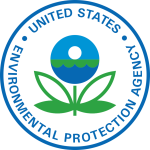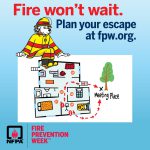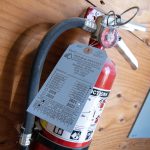Fire Prevention in the Workplace: Comprehensive Training for Employees
Prepare Your Employees with Workplace Fire Safety Training Safety in the workplace is an integral part of any responsible business operation, and fire safety is an aspect that must never be neglected. Employers have the solemn duty to ensure the safety of their employees, and this includes preparing them thoroughly for unexpected fire emergencies. Fires can…








